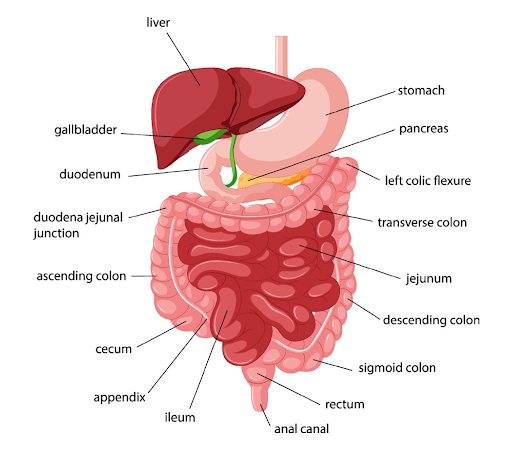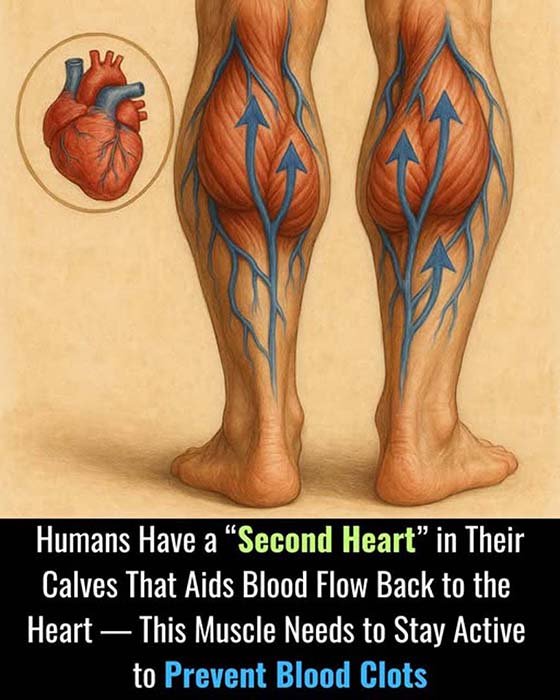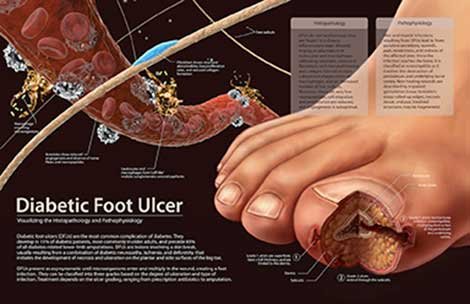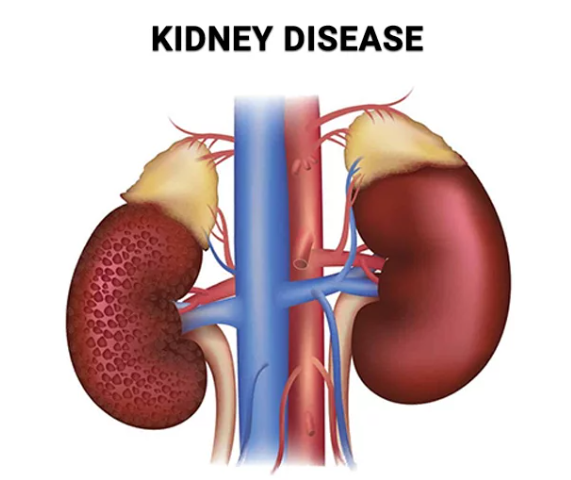Hormones are tiny text messages that tell parts of the city what to do and when. The endocrine system is the city’s messaging network:
November 15, 2025 | Blog
it makes the messages (hormones), sends them, and listens for replies. When we eat junk food, skip nutrients, or stop moving, those messages get scrambled—and trouble spreads. 1) How hormones work (the big idea) Glands = phone factories. They build and send hormones. Hormones = texts. They travel in your blood to target organs. Receptors […]









